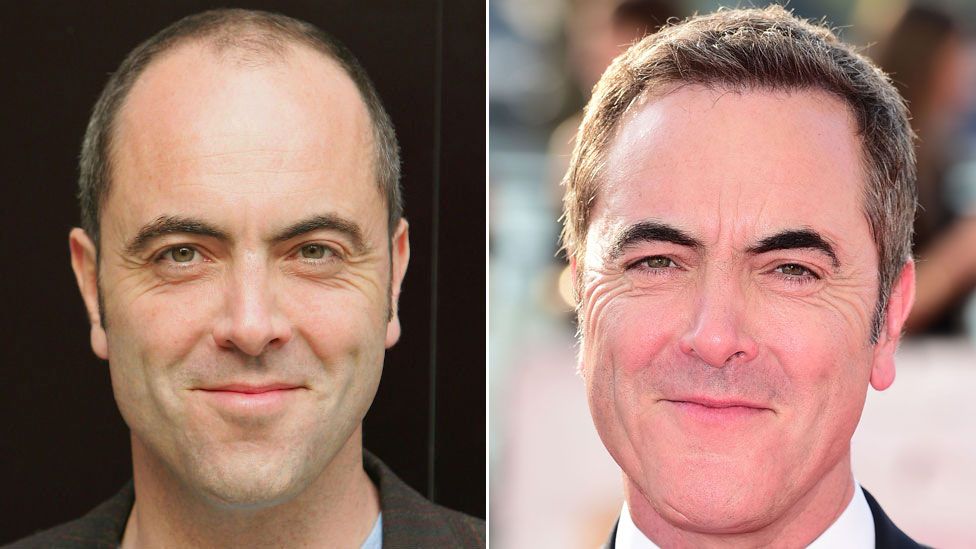Cataract surgery is an effective way to restore vision that has been impaired by natural lens clouding in the eye. Patients typically have questions regarding the associated costs and what their insurance will cover. Expenses that must be paid out of pocket may vary dramatically among health plans and providers. This essay will go over topics to consider while budgeting for cataract surgery. We’ll go over the standard coverage of several insurances, as well as extra options and cost-saving strategies. Knowing the anticipated costs ahead of time will help you make the best medical and financial decisions.
Pre-Planning and Budgeting for Surgery
Thorough research aids decisions over cataract eye surgery costs. Consult a massage therapist, when possible, to manage stress beforehand. Understand what’s covered through insurance versus out-of-pocket. Some plans cover lens implants or Toric lenses correcting astigmatism. Others require copays or deductibles alone. This informs the choice between paying or using savings.
Confirm exact coverage terms for your cataract eye surgery directly from insurance. Note any networks of doctors covered or which technologies are insured. Copays and deductible amounts due require verifying when scheduling appointments. Save clarification records for billing ease with pre-approvals when needed. Uncertainty risks unplanned costs, complicating recovery support from massage therapists.
Negotiate Fees with Providers
Doctors negotiate fees if patients pay directly. Cash options earn lower costs sometimes than with insurance applications. Keep lenses or contact lenses from providers separately itemized here as mark-ups apply. Paying outright qualifies for negotiating care from massage therapists too sometimes. Consider these savings upon verifying insurance coverage certainly.
Estimate lens implants or specialty lenses’ additional costs beyond basic coverage. See how costs from massage therapists factor into budgeting too. Understand these may return through reduced glasses needs long-term. Premiums fitting varied vision or lifestyle needs increase costs some. Research value for individual situations.
Supplemental Coverage Options and Financing
Additional coverage may help fund cataract eye surgery fully. Compare Medigap or Medicare Advantage premiums versus gap coverage amounts mitigating massage therapist costs too. Ask if pre-existing conditions affect eligibility or if premium hikes still qualify cheaper options. Act promptly selecting affordable plans supporting recovery aid.
Medical credit cards or personal loan finance costs are not fully covered through insurance or savings when care from massage therapists requires it too. Compare interest rates and terms, factoring in massage therapist charges too. Pay stubs prove income securing approvals versus quoting discharge needs upfront when budgets near limits.
Plan for Costs and Healing
By thoroughly researching plans, providers, and options before cataract eye surgery, patients secure affordable, quality care supported smoothly through services from massage therapists. Overall decisions maximize vision improvements and recovery serenely. As experts, providers assist every step here too.
Conclusion
In short, reviewing your insurance options and speaking with providers is critical for accurately budgeting cataract surgery expenses. Supplemental plans may help to close gaps. Negotiating discounts or payment arrangements can also help to reduce expenditures. With careful preparation, patients may be certain that they will have inexpensive access to this extremely effective vision-improving operation when the time comes. Following the procedures provided here enables individuals to establish financial arrangements that meet their recovery requirements as soon as possible after restoring eye health and sight through cataract-removal surgery.



